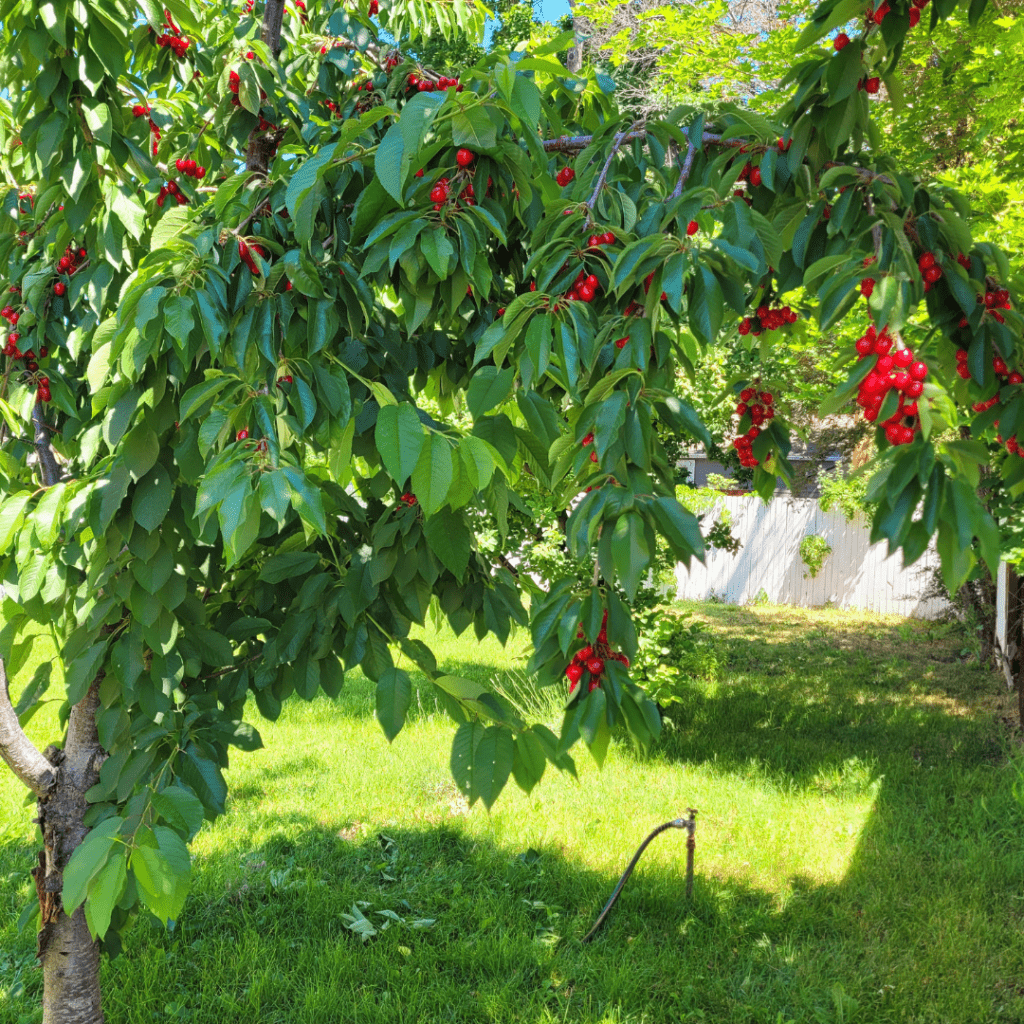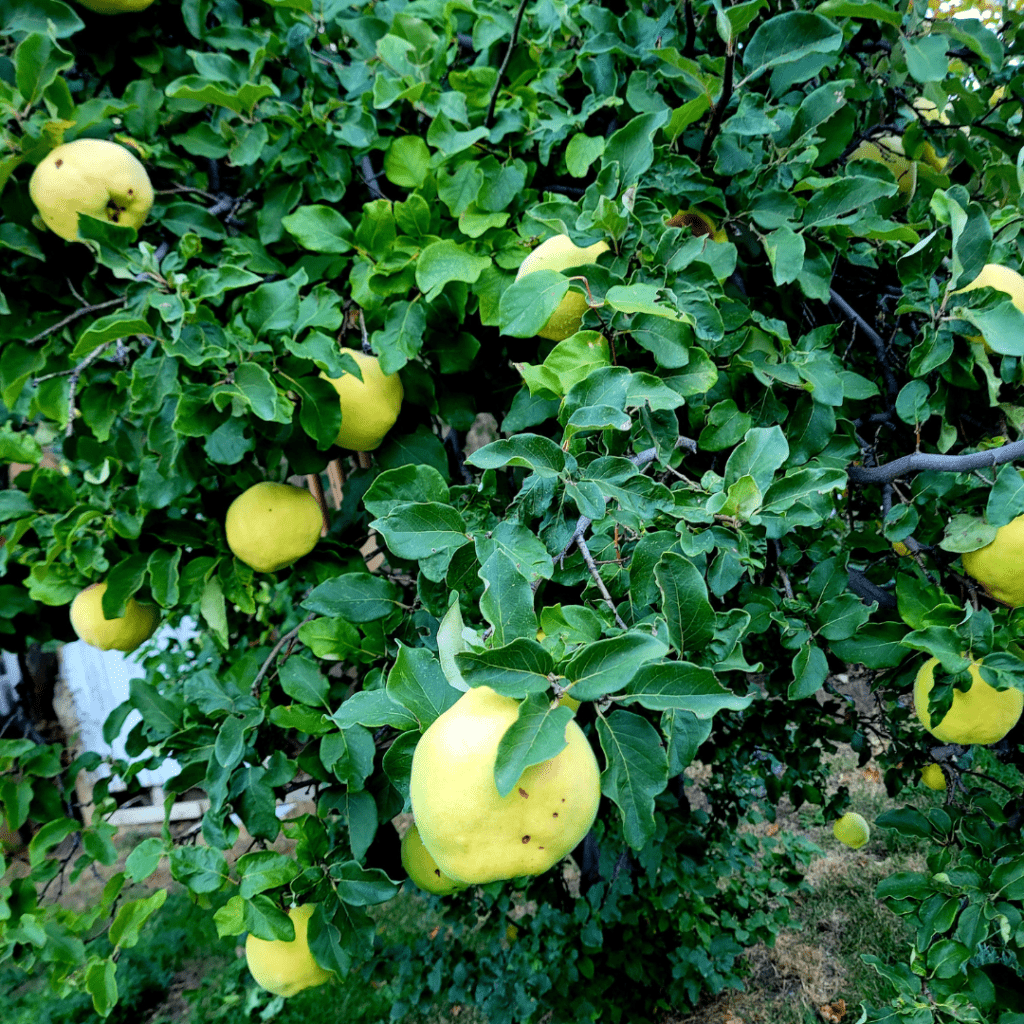Raspberry plants.
What Is Included in This Post:
- Introduction to Perennial Raspberry Plants
- Why Grow Your Own Perennial Raspberry Plants
- Selecting the Right Raspberry Variety
- Preparing the Soil for Planting
- Planting and Spacing the Raspberry Canes
- Providing Proper Irrigation and Mulching
- Pruning and Training Raspberry Plants
- Managing Pests and Diseases in Raspberry Plants
- How to Get Free Raspberry Plants From the Canes
- Harvesting and Maintaining a Productive Raspberry Patch
- Conclusion
- Frequently Asked Questions
Perennial raspberry patches offer a delicious and productive addition to any garden or orchard. These long-lasting raspberry plantings provide an abundance of juicy fruits year after year, eliminating the need for replanting each season. Whether you are a seasoned gardener or a beginner, cultivating a productive perennial raspberry patch is a rewarding and relatively low-maintenance endeavor. This article will guide you through the essential steps to successfully grow and maintain a thriving raspberry patch, from selecting the right variety to harvesting the fruits of your labor. Let’s delve into the world of perennial raspberry cultivation and unlock the secrets to a bountiful harvest.
This is a pinnable post. Tap or hover over any image in this post to pin to your Pinterest Boards.
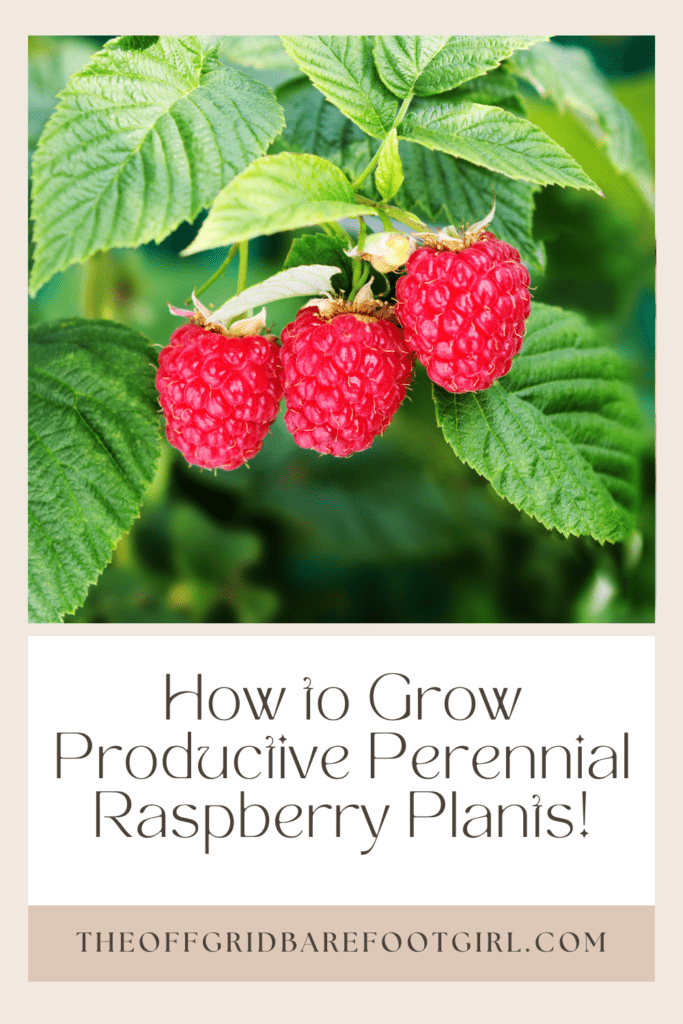
Introduction to Perennial Raspberry Plants
Raspberries are a high-producing fruit shrub, and growing a raspberry patch in your backyard is quite simple. When you grow your own raspberry patch, you can expect to harvest these bountiful berries for canning projects, pies, tarts, and healthy smoothies. There are two different types of raspberries you can grow for the best harvest throughout the year, which I will talk about in this post.
What are Perennial Raspberry Plants?
Imagine having a raspberry patch that keeps on giving year after year, without requiring replanting. That’s the magic of perennial raspberry patches! Unlike annual plants that need to be replanted each year, perennial raspberry patches consist of raspberry plants that come back season after season, providing you with a continuous supply of delicious berries.
Advantages of Growing Perennial Raspberry Plants
The beauty of growing perennial raspberry patches is that once established, they require less effort to maintain. As perennial plants, raspberry patches do not need to be replanted every year, saving you time and energy. Additionally, they tend to have larger yields over time, resulting in even more juicy raspberries to enjoy. So if you’re looking for an easy and productive fruit garden addition, perennial raspberry patches are the way to go!
Why Grow Your Own Perennial Raspberry Plants
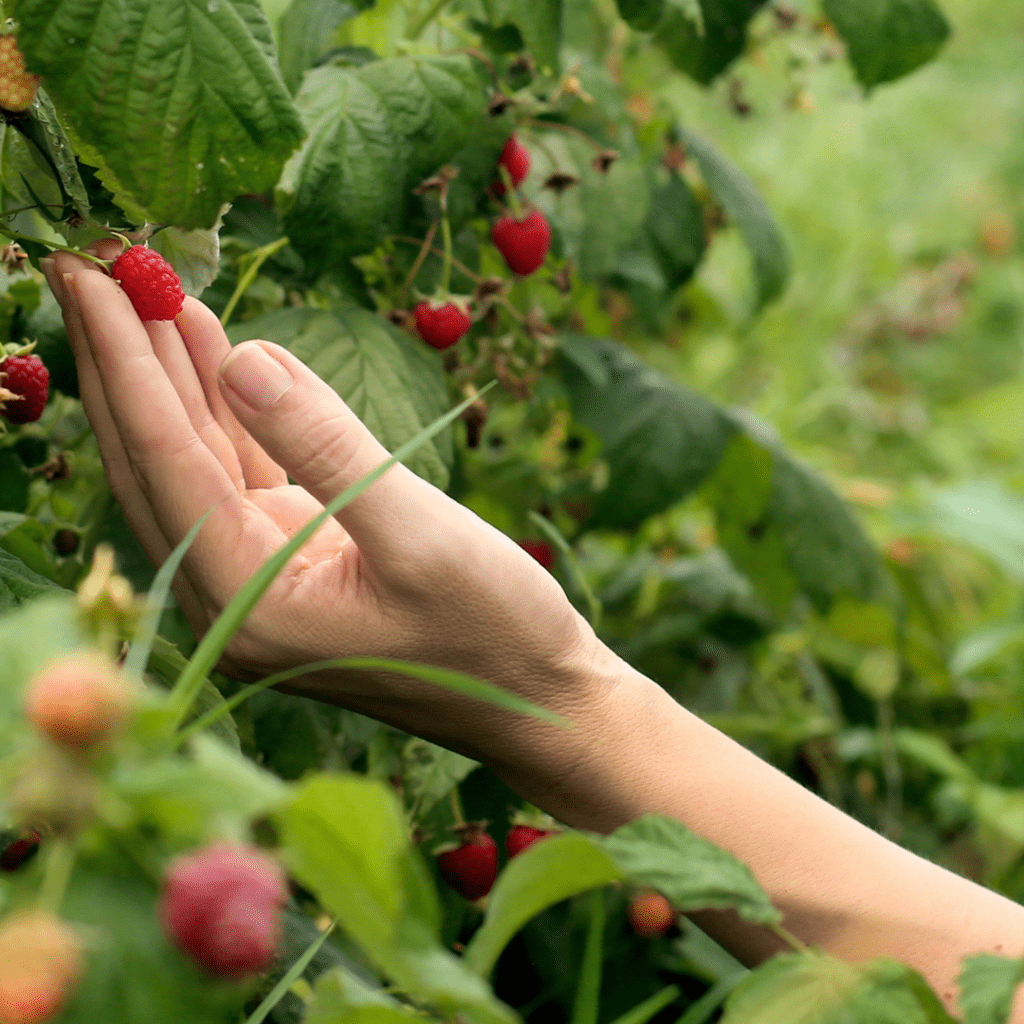
If you love raspberries, you will definitely benefit from growing your own raspberry patch to save yourself some money. Berries at the market can be expensive and grow so abundantly that you can have them for free every year indefinitely.
Expect your patch to expand each year. To help you remain in control of your raspberry patch, you can dig up the new sprouted canes and share them with your friends and family.
Another great reason to grow a raspberry patch is for the many health benefits they offer. Raspberries pack a ton of nutritional value like potassium, omega-3 fatty acids, manganese, and fiber. They are much lower in sugar than most fruits, which can help lower blood sugar, blood pressure, and cholesterol so do not feel the guilt when spreading that raspberry jam on your breakfast toast!
Benefits of Growing Raspberries
- Saves money.
- Reproduces new raspberry canes each year.
- Abundant harvest.
- Many nutritional values like potassium, omega-3 fatty acids, manganese, and fiber.
- Many health benefits like low sugar for lower blood sugar, blood pressure, and cholesterol.
Selecting the Right Raspberry Variety
Understanding Different Raspberry Varieties
When it comes to raspberries, there are various varieties to choose from, each with its own unique characteristics. From red raspberries to black, purple, or golden varieties, you have a delightful array of options. Take time to research the different varieties available and consider their taste, disease resistance, and climate suitability.
Factors to Consider When Choosing a Raspberry Variety
Before making your selection, there are a few things to keep in mind. Consider the climate in your area as some raspberry varieties are better suited for specific climates. Look for disease-resistant varieties to minimize potential problems. Also, think about your personal preferences – do you prefer sweeter or tart berries? By considering these factors, you’ll be well on your way to picking the perfect raspberry variety for your patch.
The Raspberry Varieties I am Growing In My Garden!
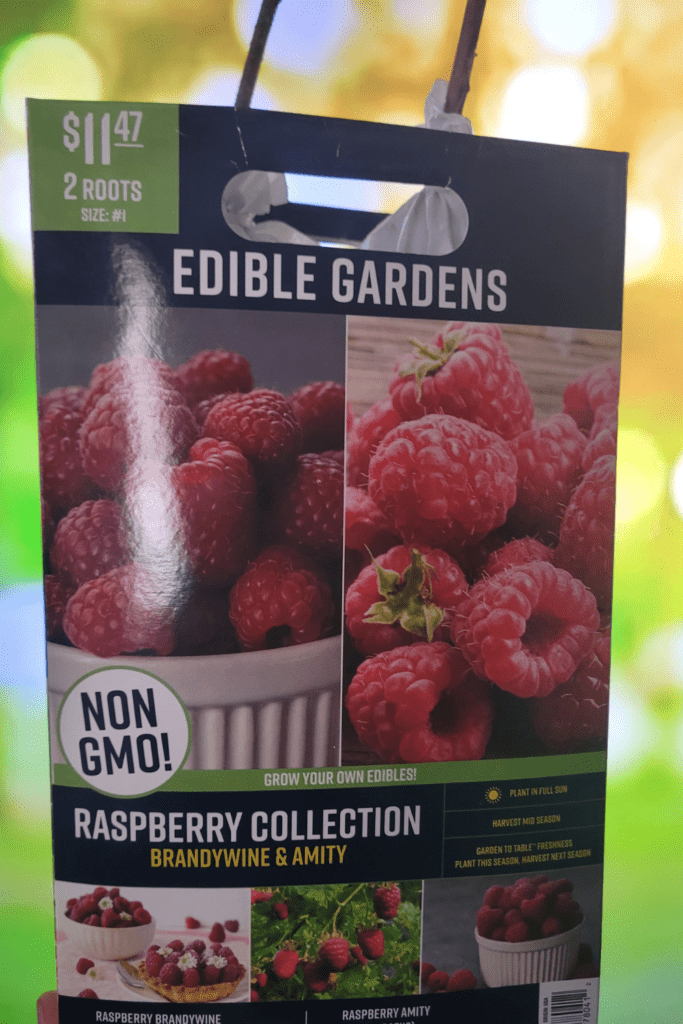
I was able to snag up a fun variety of raspberry plant packs at my local Walmart, which has two popular varieties that do well in my area. These two varieties will be great additions to my backyard orchard!
Amity Raspberries: Amity raspberries are a popular and delicious variety of raspberries known for their bright red color, sweet flavor, and juicy texture. These berries are larger than some other raspberry varieties, making them ideal for snacking or using in a variety of recipes. Amity raspberries are also easy to grow, thriving in mild climates with plenty of sunlight. They are typically ready to harvest in late summer to early fall, providing a fresh burst of flavor during those months. Whether tossed into a salad, baked into a pie or simply enjoyed on their own, amity raspberries are sure to please any berry lover with their vibrant taste and versatility.
Brandywine Raspberries: Brandywine raspberries are a popular variety of raspberries known for their large size, sweet flavor, and juicy texture. These berries have a deep red color and are often used in jams, pies, and baked goods. They are relatively easy to grow, thriving in well-drained soil with plenty of sunlight. Brandywine raspberries can be enjoyed fresh off the bush or added to smoothies and fruit salads. They are packed with antioxidants and vitamins, making them a nutritious choice for snacking.
Preparing the Soil for Planting
Assessing Soil Quality
Before planting your perennial raspberry patch, it’s essential to assess the quality of your soil. Raspberries thrive in well-drained soil with a pH ranging from 5.5 to 6.5. You can easily test your soil’s pH using an inexpensive soil testing kit available at most garden centers.
If you desire to perform your own soil tests, you can do so with items and ingredients you may already have in your home. To learn more about performing your own DIY garden soil tests, I have written a comprehensive tutorial for you.
4 Easy DIY Garden Soil Tests to Do Now
Soil Preparation Techniques
To create the optimal growing conditions for your raspberries, start by clearing the area of any weeds or unwanted vegetation. Next, incorporate organic matter, such as compost or well-rotted manure, into the soil. This will improve its structure and provide essential nutrients. Remember, a healthy soil foundation leads to healthier raspberry plants and more bountiful harvests.
Planting and Spacing the Raspberry Canes
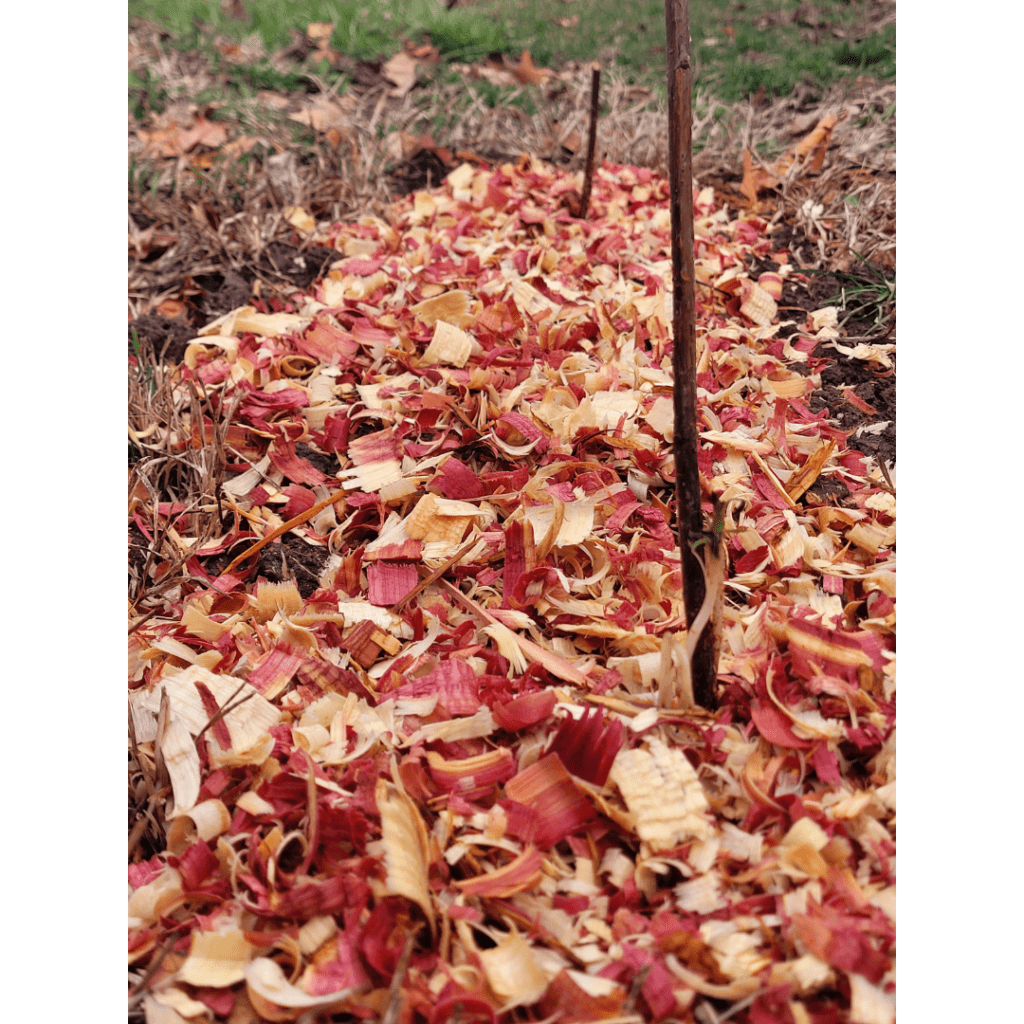
Choosing Healthy Raspberry Canes
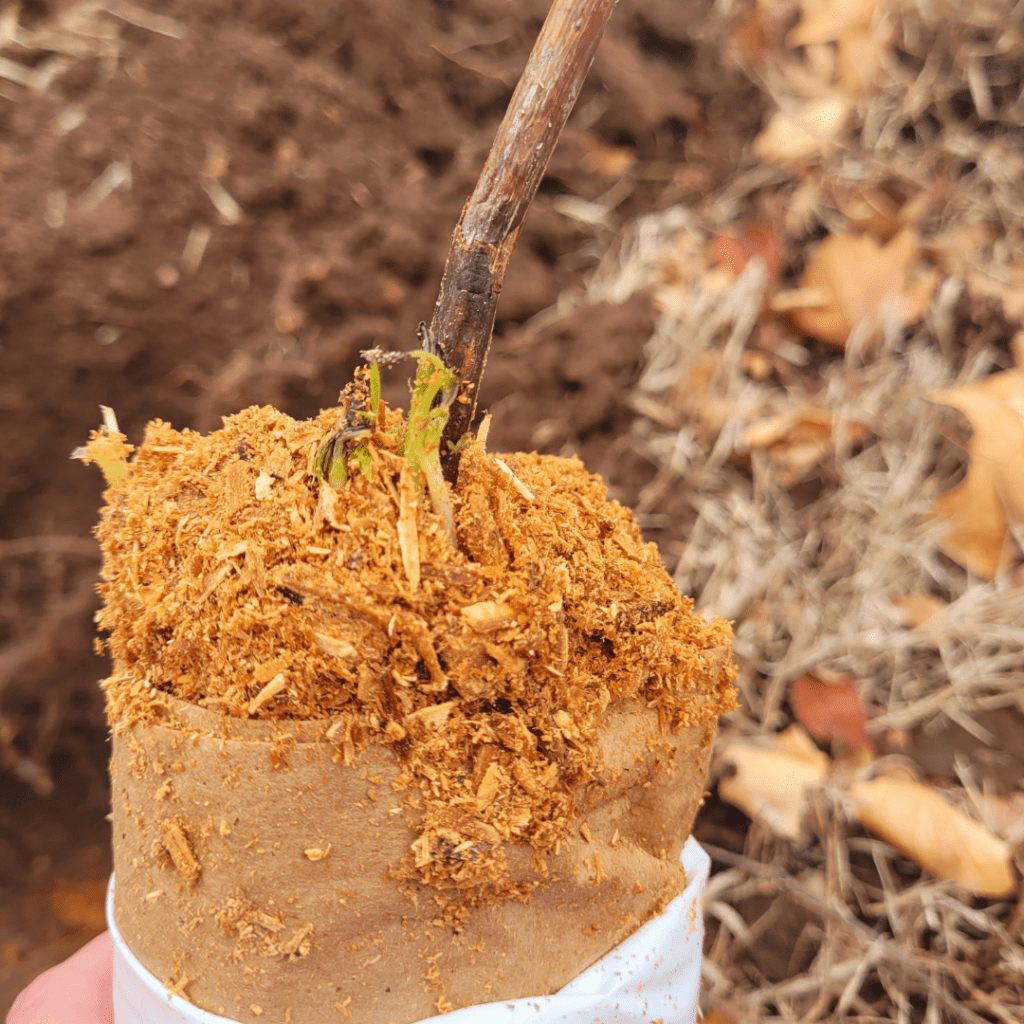
When it comes to selecting raspberry canes for planting, opt for healthy and disease-free specimens. Look for canes that are firm, free from damage, and have well-developed buds. Remember, healthy plants have a better chance of thriving and producing an abundance of delicious berries.
It is a good idea to select raspberry canes that have new green shoots coming from the bottom of the cane. This indicates the bareroot cane is alive and healthy and ready to grow into a thriving raspberry plant!
Proper Spacing for Raspberry Canes
To ensure your raspberry plants have adequate space to grow and thrive, proper spacing is crucial. Typically, raspberry canes should be spaced about 2 to 3 feet apart, allowing for optimal airflow and room for the plants to spread out. This spacing also facilitates easier maintenance and harvesting in the future. Hard to tell in this photo, but mine are spaced about 3 to 4 feet apart.

Planting Techniques for Raspberry Canes
When planting your raspberry canes, dig a hole wide and deep enough to accommodate the roots comfortably. Place the canes in the hole, ensuring that the bud union (the swollen area where the plant was grafted onto the rootstock) is at or slightly below ground level. Backfill the hole with soil, gently firming it around the canes. Be careful not to compact the soil too much, as raspberry roots prefer loose, well-aerated soil.
With these planting techniques and proper spacing, your raspberry canes will be off to a great start in establishing a productive perennial raspberry patch. So get ready to enjoy a steady supply of delectable raspberries straight from your own backyard!
Providing Proper Irrigation and Mulching
Watering Requirements for Raspberry Plants
Watering your raspberry plants can feel like a delicate dance. Give them too much water, and they’ll drown. Give them too little, and they’ll dry up like raisins. Finding that sweet spot is the key to keeping your raspberry patch happy and productive.
Raspberry plants generally need about an inch of water per week, but this can vary depending on factors like soil type and weather conditions. Don’t worry, you don’t have to measure it with a ruler. Just keep an eye on the soil moisture and make sure it stays consistently damp, but not waterlogged.
A good trick is to water deeply and infrequently. This encourages the roots to grow deeper into the soil, making the plants more resilient during dryer periods. So put away that tiny watering can and break out the hose or sprinkler. Give your raspberries a good soak once or twice a week, and they’ll thank you with plump, juicy berries.
Mulching Techniques and Benefits
Mulching may sound like a fancy gardening term, but it’s really just a way of saying “cover the soil with a protective layer.” Think of it as putting a cozy blanket on your raspberry patch to keep it safe and happy.
Mulching has a ton of benefits for your raspberry plants. It helps conserve moisture by reducing evaporation, prevents weed growth, and regulates soil temperature. Plus, it adds a nice aesthetic touch to your garden. Who doesn’t love a well-dressed raspberry patch?
You can use a variety of materials for mulching, like straw, wood chips, or shredded leaves. Just spread a layer of mulch around the base of your raspberry plants, making sure it’s about two to three inches thick. Don’t smother the canes, though. Give them some room to breathe!
So grab your favorite mulching material and get to work. Your raspberry patch will thank you by producing bountiful harvests.
Pruning and Training Raspberry Plants
Reasons for Pruning Raspberry Plants
Picture this: your raspberry patch without any pruning. It would be an unruly mess of tangled canes, like a bad hair day that never ends. Pruning is the secret to keeping your raspberry plants in shape and producing delicious berries year after year.
Pruning has several benefits. It helps improve airflow and sunlight penetration, reducing the risk of fungal diseases. It also stimulates new growth and increases fruiting potential. Plus, it’s like giving your raspberry plants a stylish haircut.
Pruning Techniques for Optimal Growth
When it comes to pruning raspberry plants, there are two main types: summer-bearing and everbearing. Don’t worry, I won’t bore you with the technical details. Let’s keep things simple.
For summer-bearing raspberries, prune them in late winter or early spring. Cut back all the canes that produced fruits the previous year, leaving only the strongest and healthiest ones. Aim for about four to six canes per linear foot. Think of it as creating a VIP section for your raspberry plants.
For everbearing raspberries, you have two choices. You can either prune them in late winter, following the same method as summer-bearing raspberries, or you can do a more drastic pruning in early summer. This second option will give you a fall crop, but you’ll sacrifice the summer one. It’s like deciding between dessert now or dessert later. Tough choice, I know.
Training Methods for Raspberry Canes
Training raspberry canes is like teaching them some fancy dance moves. It’s all about giving them support and direction so they can grow upright and strong.
You can use trellises, fences, or even string supports to train your raspberry canes. The goal is to keep them off the ground, so they don’t get tangled and susceptible to diseases. Imagine your raspberry plants doing the limbo. They’ll thank you for setting the bar higher.
Gently tie the canes to their supports, making sure not to strangle them. Give them some room to grow, but encourage them to stay in line.
So grab your pruning shears because it’s time to prune and train your raspberry plants to be the stars of your garden.
Managing Pests and Diseases in Raspberry Plants
Common Pests Affecting Raspberry Plants
Let’s face it, no raspberry patch is immune to unwanted visitors. Just like that nosy neighbor who always shows up uninvited, pests can wreak havoc on your precious raspberry plants. But fear not, I’ve got some tricks up my sleeves to keep them at bay.
Some common pests that love raspberries include aphids, mites, and Japanese beetles. They’re like the garden’s version of party crashers. They suck the life out of your plants and leave you with a sad, unproductive patch.
Natural and Chemical Pest Control Methods
When it comes to dealing with pests, you’ve got options. You can go the natural route and use things like insecticidal soaps, neem oil, or good old-fashioned hand-picking. Just make sure to wear gloves and play fair!
If you prefer a more aggressive approach, you can opt for chemical pesticides. Just remember to read the instructions carefully and follow them to a tee. Safety first, folks. Nobody wants to turn into a mad scientist in the garden.
Whichever method you choose, be vigilant and act at the first signs of trouble. It’s like being the bouncer at a raspberry party. Keep those pests in check, and your patch will flourish.
Identifying and Treating Common Raspberry Diseases
Diseases can be a real buzzkill for your raspberry plants. They’re like the flu season of the garden, spreading their germs and making everything feel miserable. But fear not! With a little knowledge and some TLC, you can keep your raspberry patch healthy and disease-free.
Common raspberry diseases include powdery mildew, root rot, and cane blight. They sound like villains in a garden superhero movie. Don’t worry, you’re the superhero in this story.
Prevention is key when it comes to diseases. Make sure your raspberry plants have good airflow, avoid overhead watering, and remove any infected or dead canes. It’s like creating a fortress against disease invaders.
If you do spot any signs of trouble, act quickly. Treatments like fungicides or pruning infected parts can help stop the disease from spreading. It’s like giving your raspberry plants a dose of medicine. They’ll thank you by bouncing back stronger than ever.
How to Get Free Raspberry Plants From the Canes
Raspberries reproduce via underground runners, which sprout a few feet from the original patch. Each year they sprout new canes and spread rapidly. In fact, raspberry plants multiply like rabbits giving you one dozen new canes per cane you plant every year.
This can become overwhelming quickly if you are not prepared, however, remember you can dig them up and give them away to share your abundance with friends and family. Better yet, you can even sell them to profit from your abundance!
Free Raspberry Plants Every Year!
- Raspberries reproduce quickly every year via underground runners without any effort on your part.
- New raspberry plants every year to keep, share, or sell!
Harvesting and Maintaining a Productive Raspberry Patch
When and How to Harvest Raspberries
When it comes to harvesting raspberries, timing is crucial for picking the juiciest and most flavorful fruit. The best time to harvest raspberries is typically in the early morning when the berries are still cool from the night, ensuring optimal freshness and taste. Simply pluck the ripe berries gently by hand, taking care not to crush or bruise them. Raspberries are ready for picking when they turn deep red and easily detach from the plant with a slight tug. Be sure not to wait too long before harvesting as overripe raspberries tend to become mushy and lose their sweetness.
In terms of frequency, it is best to check your raspberry plants every two or three days during peak season as they ripen quickly this time of year. Remember to wear protective gloves and clothing while picking, especially if there are prickly thorns on your raspberry bushes, but don’t let it deter you from savoring these delicious summer treats!
Conclusion
In conclusion, growing a productive perennial raspberry patch is a gratifying and sustainable endeavor for any garden enthusiast. By following the steps outlined in this article, you can establish a thriving raspberry patch that will provide you with an abundance of delicious fruits for years to come. Remember to choose the right raspberry variety, prepare the soil properly, provide adequate care and maintenance, and manage pests and diseases as needed. With dedication and patience, your raspberry patch will reward you with sweet and juicy berries, making it a true delight for both your taste buds and your garden.
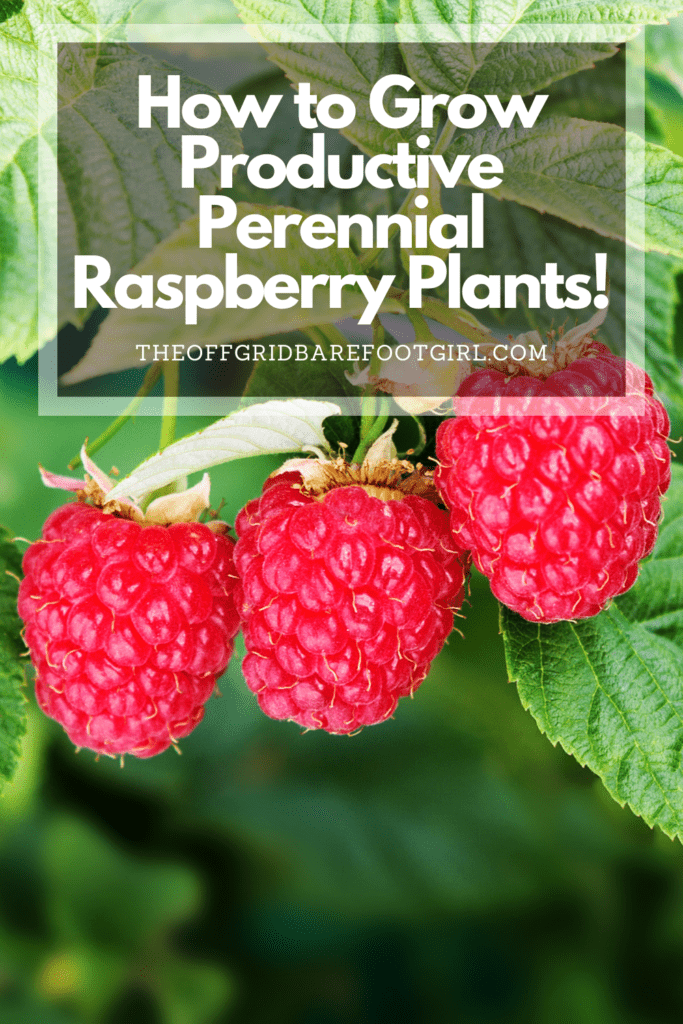
Frequently Asked Questions
1. When is the best time to plant perennial raspberry canes?
The ideal time to plant perennial raspberry canes is in early spring before new growth begins or in late fall after the growing season has ended. This allows the canes to establish their roots before the onset of extreme temperatures.
2. How often should I water my perennial raspberry patch?
Perennial raspberry plants require consistent and adequate moisture, especially during periods of dry weather. Generally, providing 1-2 inches of water per week, either through rainfall or irrigation, is sufficient. However, it’s important to monitor the soil moisture and adjust the watering frequency accordingly.
3. Do I need to prune my raspberry plants?
Yes, pruning is essential for maintaining the health and productivity of perennial raspberry plants. It helps to remove dead or diseased canes, improve airflow and sunlight penetration, and encourage the growth of new canes. Regular pruning should be done in late winter or early spring before the new growth begins.
4. How can I protect my raspberry patch from pests and diseases?
To protect your raspberry patch from pests, implement cultural practices such as removing fallen debris, maintaining proper plant spacing, and providing good air circulation. Additionally, monitor for signs of common pests and diseases, and use appropriate organic or chemical treatments as necessary. Regular inspection and timely intervention are key to preventing and managing potential issues.
Summary
I hope I have inspired you to grow your own productive perennial raspberry patch.
If you were encouraged by this post, I invite you to check out my FREE Printables Page for fun free printables, planners, and charts.
ENTER MY FREE Printables Page HERE
I invite you to check out some more of my posts!
Quince Trees: All About Quince Trees: Ultimate Guide
Cherry Trees: All About Cherry Trees: Ultimate Guide
Pear Trees: All About Pear Trees: Ultimate Guide
Strawberries: How to Grow a Productive Perennial Strawberry Patch
Blessings,
The Off Grid Barefoot Girl



